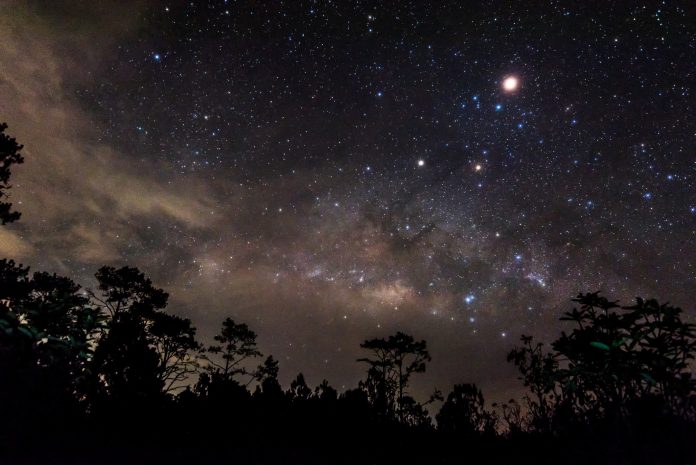A group of astronomers from The University of Tübingen, found a new type of star – covered in the by-product of helium burning
Recently, scientists found a white dwarf star with the potential to host life in a surrounding planetary system. The potential planets could have water for a further one billion years into the future – making it a significant discovery for the possibility of life existing beyond Earth.
Now German astronomers, led by Professor Klaus Werner of the University of Tübingen, have discovered a strange new type of star covered in the by-product of helium burning.
Normally, stars have surfaces composed of hydrogen and helium, which fuels them to burn. However, this discovery brought a different type of star to the awareness of the team – ones which are covered in carbon and oxygen, essentially the ashes of burnt helium.
While this alone is a mysterious dynamic for a star, the data suggests that these new stars are still burning helium in their cores – something that typically happens in more evolved stars.
How could this new type of star have come into existence?
“We believe the stars discovered by our German colleagues might have formed in a very rare kind of stellar merger event between two white dwarf stars”, says Dr Miller Bertolami of the Institute for Astrophysics of La Plata, lead author of a reflective paper based on this one.
It is possible that the stars might have been formed by a rare stellar merger event. White dwarfs are the remnants of larger stars that have exhausted their nuclear fuel, and are typically very small and dense. Essentially, if two white dwarfs in close binary systems collide, they can become fused.
Dr Bertolami further said: “But we believe that, for binary systems formed with very specific masses, a carbon- and oxygen-rich white dwarf might be disrupted and end up on top of a helium-rich one, leading to the formation of these stars.”











